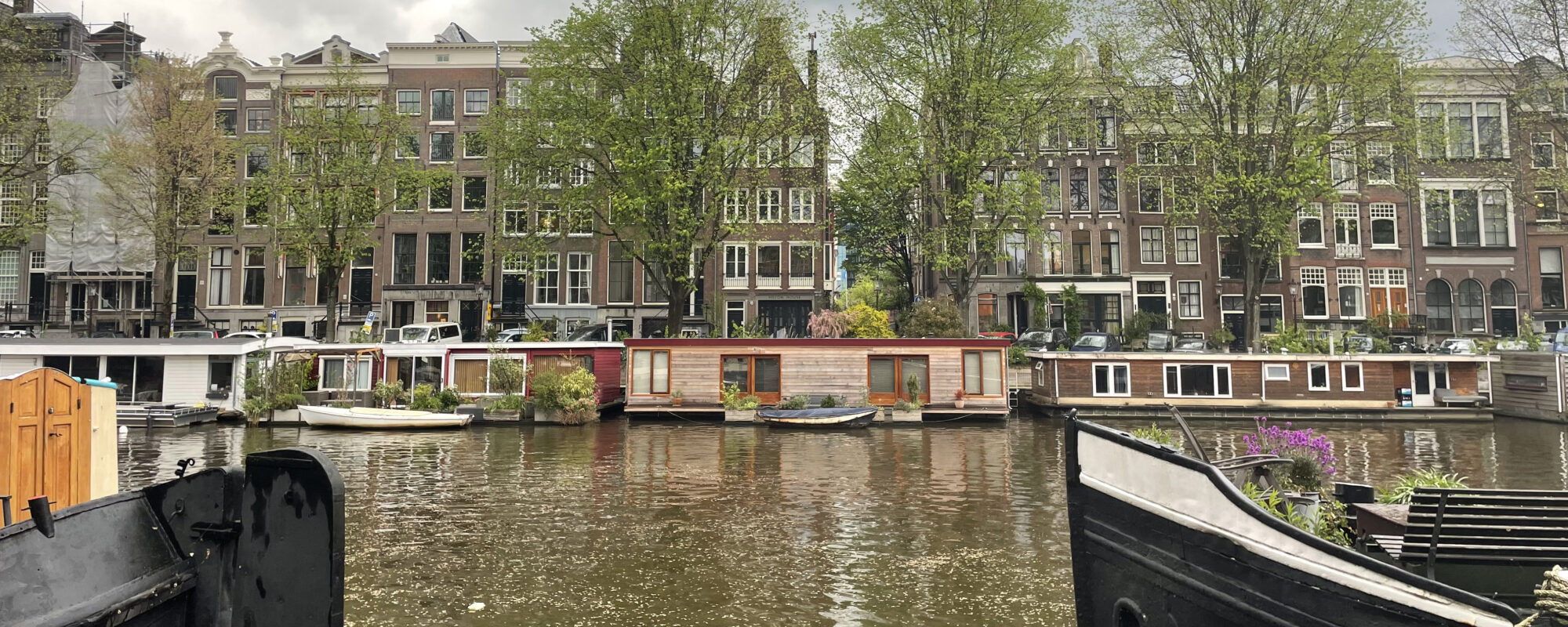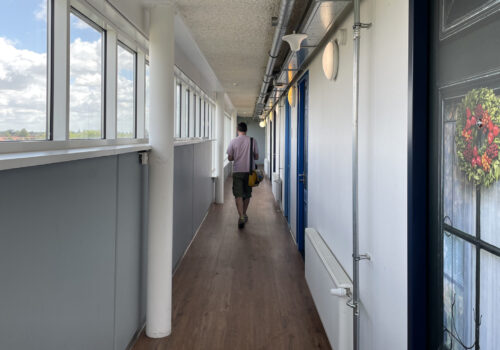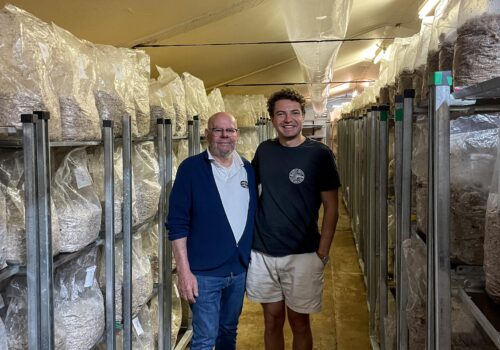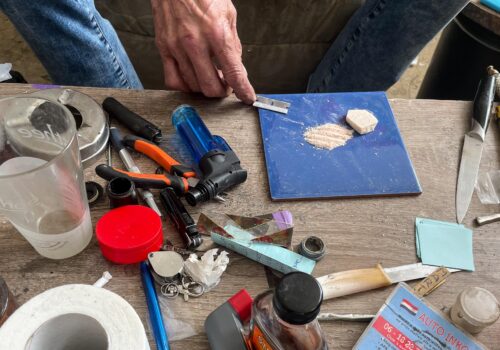AMSTERDAM — Tucked away on a quaint street in the cosmopolitan De Pijp neighborhood, a small store named De Aanzet serves its neighborhood with organic produce. In summer 2023, after choosing some colorful chocolate bars for a Dutch girl with an Italian name, I stepped to the counter.
“Where are you from?” the cashier asked after hearing my failed attempt at a Dutch greeting. I explained I was visiting looking to potentially move here. I’ll never forget her response: “You’d be welcome here.” A couple months later, I accepted the ICWA fellowship in no small part because of this local stranger’s warm welcome. I ended up living a few blocks away from the store whose name translates, fittingly, to “The Start.”
Thus began the journey of a lifetime. The local grocer was no anomaly. In Amsterdam and the many cities and towns I visited, the Dutch have been impeccably polite and helpful. My goal was to understand how the Netherlands had achieved an overdose rate 19 times lower than in the United States even when accounting for population size differences.
Over the past six months, I’ve been on the ground investigating various policy interventions from low-barrier methadone maintenance and medical heroin distribution to Housing First and syringe service programs. All of these well-designed and adequately-funded programs explain how they do it, but I’ve been plagued by the question of why they do it. Why have such interventions taken hold here and not elsewhere? While The Netherlands’ policies differ radically from those of the United States, they also differ from most countries’ in Europe and around the world.
One answer could come from their “polder model” of governance, which prioritizes consensus-building. A polder is a tract of lowland reclaimed from the sea. The earliest form of common governance in what is now the Netherlands came from water resource boards first established in the 12th century, where farmers rich and poor came together in equal standing to ensure proper dike maintenance to protect towns and fields at risk of flooding. Their equal standing came from the fact that were one farmer not to properly maintain a part of the dike, all farmers and villagers would suffer from an ensuing flood. This concept translates today in the idea that all stakeholders, in this case including people who use drugs and their advocates, have a place at the table during the policy-making process.
The metaphor of everyone needing to work together to maintain the dike feeds the belief that the Dutch are only as strong as their weakest link. That leads to public health approaches designed to ensure a person’s drug use, be it recreational or problematic, still allows them to contribute to society as meaningfully as possible—even if that is simply by not being a nuisance to others and a drag on services. However, the model is also demonstrated in the government’s substantial investment in public education, generous social benefits, public sports fields for recreation and high taxes on tobacco and alcohol products.
John-Peter Kools, a veteran harm reduction advocate, expanded on the dike metaphor suggesting that the pragmatic Dutch approach to drug policy comes from an engineering mindset honed by centuries fighting the sea. Nearly 70 percent of the population lives in flood-prone areas. Dutch citizens may not be able to control the strength of storm surges but they can build infrastructure in such a way as to mitigate their impact on the community. Similarly, since the use of intoxicating substances is inherent in all societies and can’t be eradicated, better to manage its negative effects to individuals and society. Paralleling another debate in the United States today, you can’t ban abortions, you can only ban safe abortions.
These theories fundamentally come down to a sense of community. A sense of being together in a shared struggle to reap the rewards of a shared prosperity. Taco Dibbits, general director of the famed Rijksmuseum, seems to have summed up the prevailing attitude when reflecting on the narratives embodied by various national galleries: “US museums are the triumph of the individual. In France, it’s the state. In the Netherlands, it’s a group effort.”
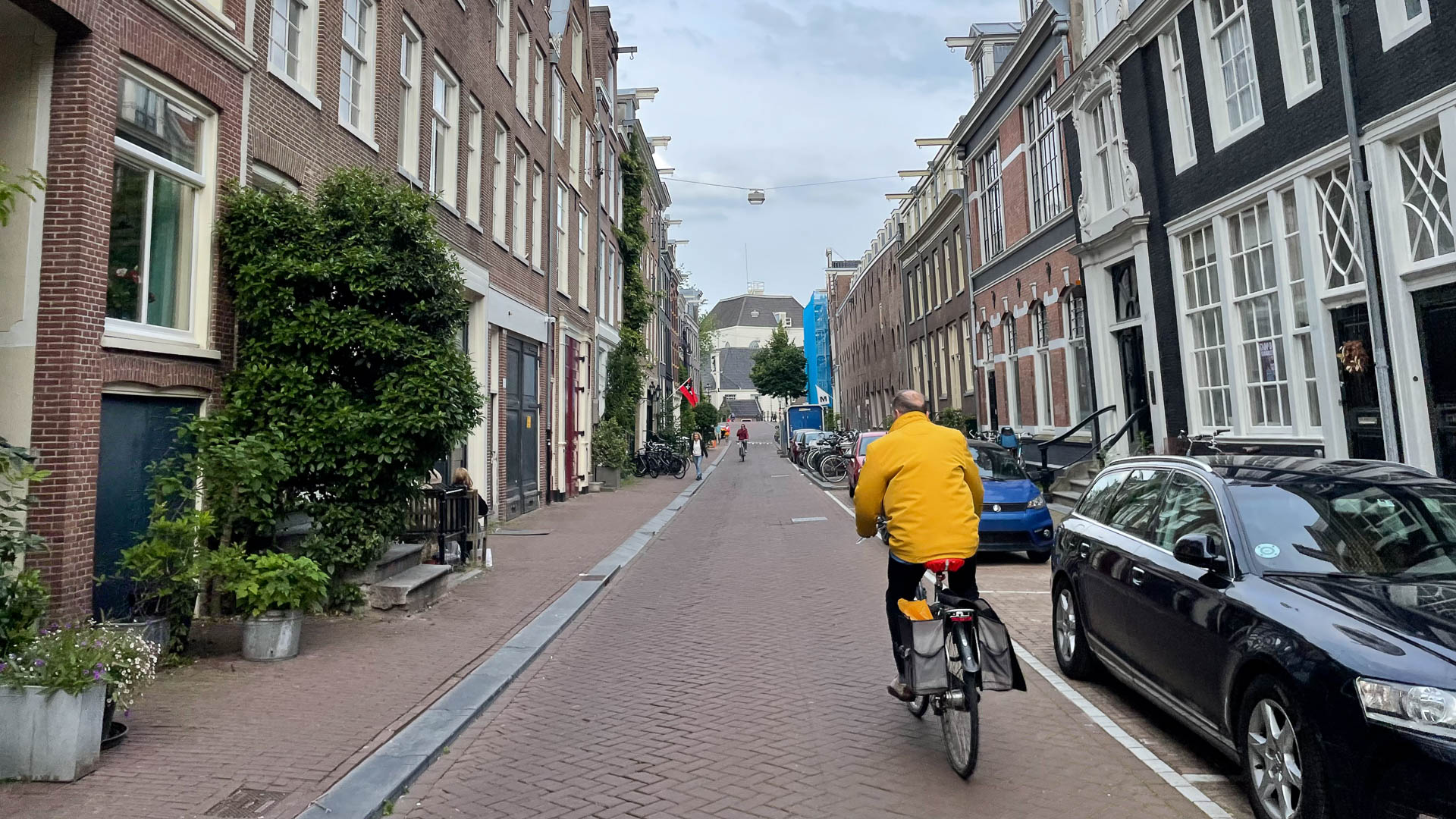
Could the societal survival against water explain it all? Probably not. I believe the sense of community also stems from the fact that the Netherlands is one of the most densely populated countries in the world. There are 520 people per square kilometer here, compared to 38 in the United States. That makes it difficult to push societal problems out of sight and mind. The vast majority of Dutch people do not live in single family homes. They live in apartments, row houses and dual-occupancy houses usually in mixed-income communities. Given those circumstances, people often walk by each other, often say hello or fall into conversation, bolstering a sense of community through familiarity.
However, I am faced with a chicken and egg situation. Does infrastructure built in such a way reflect the community mindset or does the built infrastructure form the community mindset?
Whatever it is, it’s real. In several conversations with Dutch people who were not involved in drug policy, I sensed an overwhelming belief that people using drugs should be helped by the government against the worst effects. Be it drug testing of ecstasy and amphetamines for middle class partygoers or drug consumption rooms for the underprivileged. Unlike in the United States, volunteering doesn’t seem to be common here. It’s the role of the state and government-funded organizations to help people.
Fair enough, but I think the sense of community only partly explains drug policy. Another distinction of the Dutch is their indomitable sense of pride and independence—as individuals, but also as a country on the world stage. While they are unfailingly polite and open to other cultures and ideas, and while they will gladly complain about how their well-functioning systems could be improved, at the end of the day the Dutch believe they know and do best. A feeling I am familiar with coming from the United States. The fundamental belief in personal freedom explains their aversion to drug test requirements for treatment, social services or employment, and goes hand-in-hand with their historic religious tolerance and early support for LGBTQ+ rights.
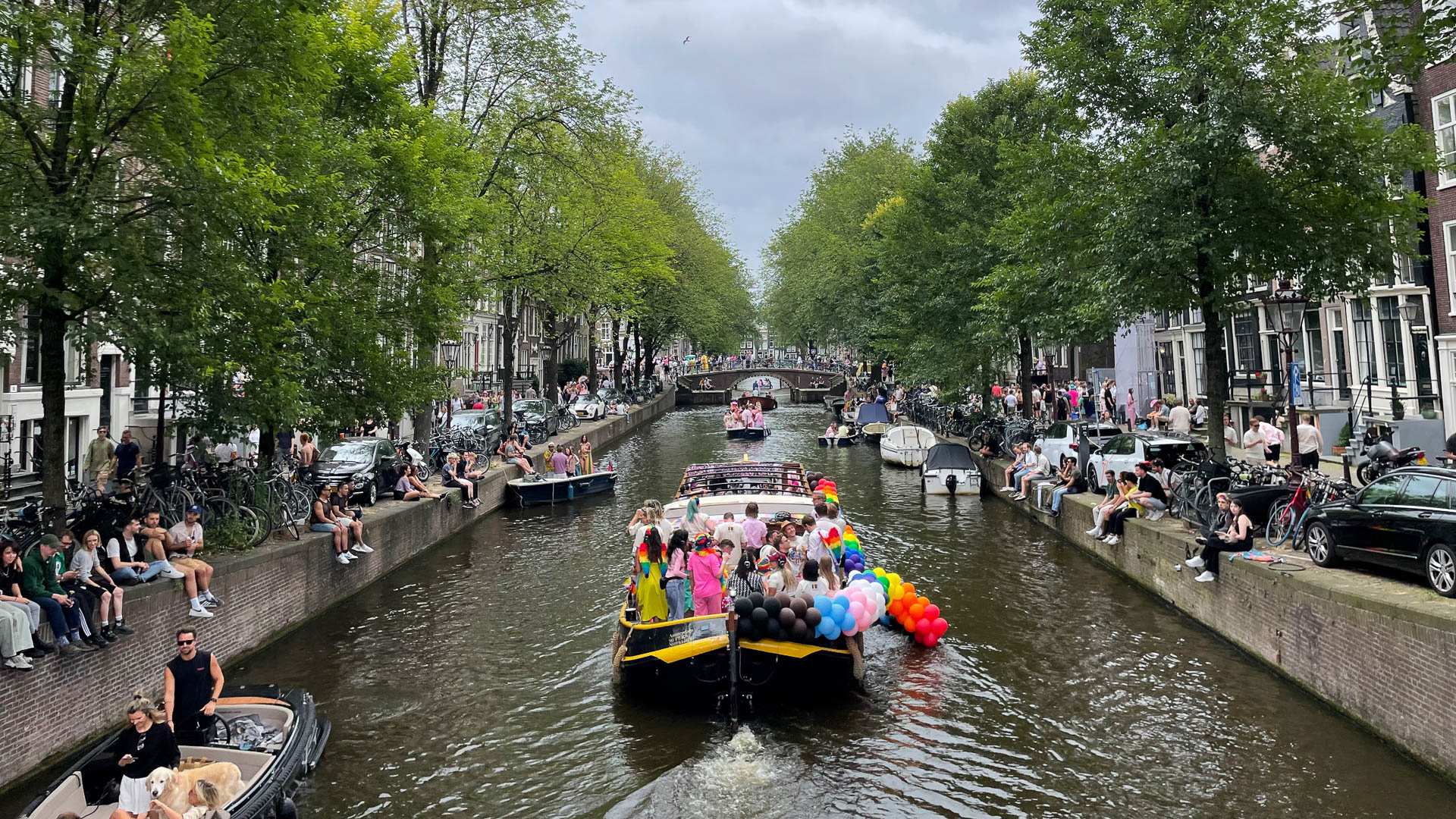
When it comes to drug policy, that pride enables them to buck the world trend of drug prohibition. In the 1970s, as US President Richard Nixon declared an all-out offensive that kicked off the modern war on people who use drugs, the Dutch opened the world’s first coffeeshops and deprioritized law enforcement efforts against what they considered soft drugs while providing public health interventions for those using hard drugs. The Dutch are certainly not immune to international pressure, but it is simply one of many voices at the polder model stakeholder table.
Reader, take all these musings with several large grains of salt, as they come from someone who lived in the country for only six months and does not speak the language very well. There is a lot I was unable to investigate that would have easily been worth another six months.
One thing I am absolutely sure of, however, is that while the Netherlands will gladly pioneer effective public health approaches to reduce harm to individuals and society, it does not mean the Dutch accept drug use as good behavior. Like many foreigners who know Amsterdam’s reputation for drug-infused partygoing, I expected to find drug use to be normalized. That could not be further from the truth. The Dutch call it a “tolerance” policy for a reason: they tolerate drug use just as they tolerate prostitution or gambling.
Even though high-quality drugs are more easily and safely available here than anywhere else in the world, the prevalence of drug use is comparable to and sometimes lower than in other countries with criminilization approaches, such as the United States. Many advocates of public health and harm reduction I met did not use drugs themselves. Harm reduction for them is a question of fundamental human rights, individual freedom or simply the cost-effectiveness of programs over prohibitionist approaches. Even the most hard-core harm reductionists who support the regulation of all drugs believe in restrictions to minimize use. Their goal is safe use, not more use.
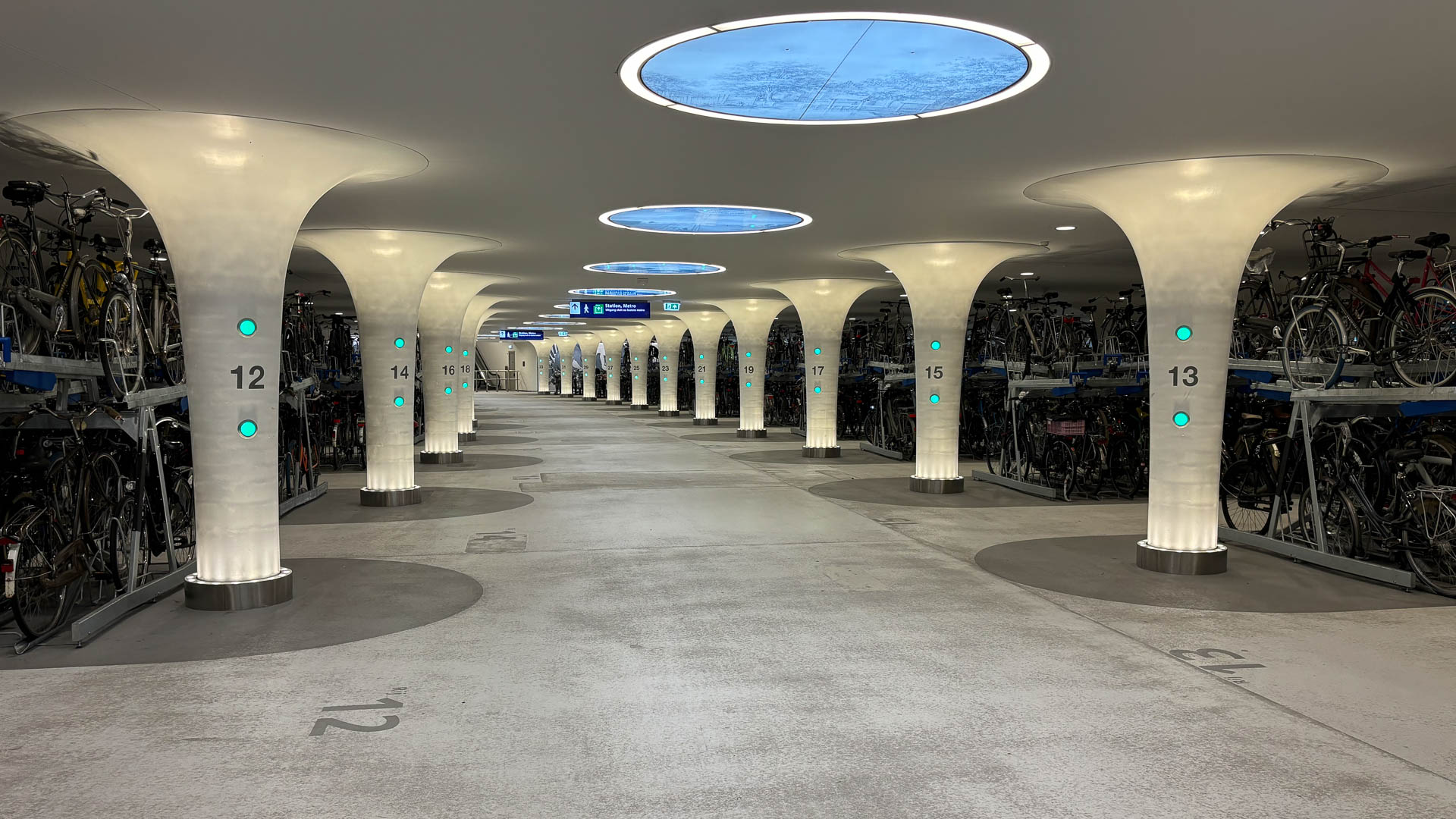
Furthermore, just as the Dutch leave their windows open to the street for everyone to peer inside and for themselves to look outward, so too they integrate tolerated if not condoned behavior in plain sight. In the upscale De Pijp neighborhood where I lived, I was four blocks from a night shelter for the homeless, two blocks from a coffeeshop, seven blocks from a row of prostitutes with normal apartments above their red-framed windows and three blocks from a gambling casino. As August De Loor, a harm reduction pioneer, explained: The more in plain sight it is, the better it can be controlled and the more these behaviors lose their sex appeal as cool underground counter-cultures. In public, the Dutch ethos of “do normaal”—act normal—prevails.
One cautionary note may be that this tolerant stance could become an Achilles heel of the public health approach as the Dutch political winds shift to the far right. The Party for Freedom (PVV) of the populist Geert Wilders, which unexpectedly gained the most seats in parliament in elections earlier this year and successfully formed a ruling coalition, is more popular than ever. While the PVV’s focus is on demonizing immigrants, Muslims in particular, it has proposed serious cuts to social service programs like night shelters, which would exacerbate a homelessness crisis and likely entail conversations about substance use by people living on the street.
The most surprising and—for those opposed to them—concerning aspect of the PVV’s rise to power is not its policies, which are standard fare for the global far-right movement, but the lack of agitation by the public and civil society. After Donald Trump was elected in 2016, the opposition mobilized with demonstrations such as the Women’s March, and the Democratic Party kicked into organizational and funding overdrive. I have witnessed no big protests here, and no person young or old ever spoke to me about going to a rally. Time will tell if budget cuts will galvanize the opposition or divide it as groups fight for funding.
There is a decent chance that the defunding of social services and benefits would lead to an increase in crime as marginalized people look to balance their budgets. Like former-President Trump, Wilders has continually blamed immigrants, particularly Moroccans, for increases in crime. The reality is that murders are down to half the number of 20 years ago, and crime is down by a third since 2012. Moreover, Damian Zaicht, criminologist at Utrecht University, explains that the evidence does not support the idea that there is a Moroccan mafia despite TV series like one called “Mocro Mafia” that popularize the idea.
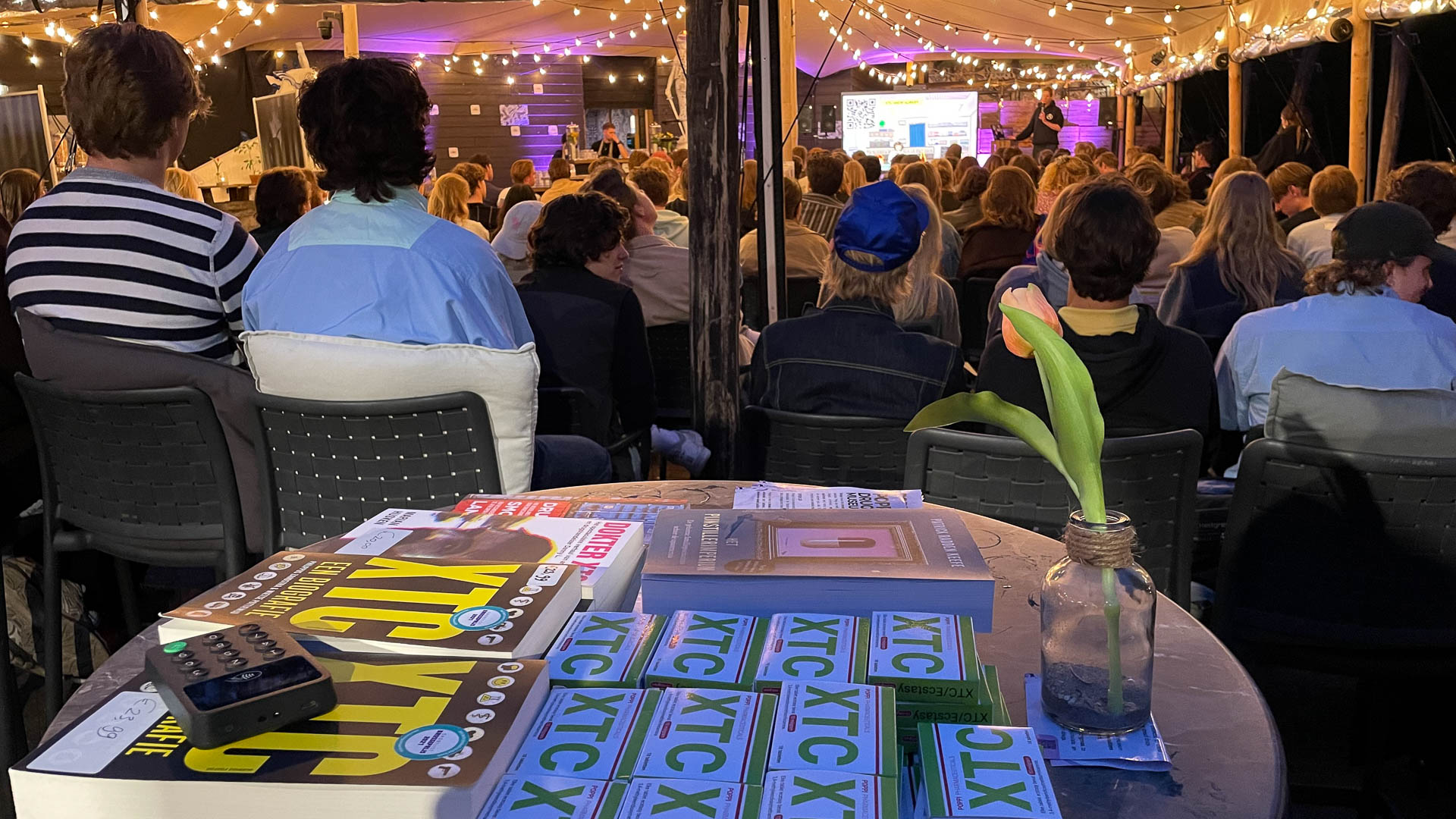
It is true that some Dutch Moroccans are involved in organized crime with a valid reputation for being more violent than other criminals. The current godfather of Dutch organized crime, Ridouan Taghi, is Moroccan, and his exuberant shows of violence, such as the killing of a leading crime journalist, have helped create the sense of insecurity. However, based on research and discussions with the police, Damian argues that there is no Moroccan or other ethnic-centric, vertically integrated crime network as the media and political rhetoric suggest. The reality is many anarchic small to large multi-ethnic organized crime groups combining white Dutch, Surinamese Dutch, Antillese Dutch, Albanians, Columbians and the list goes on.
Despite statistics demonstrating that the Netherlands is one of the safest countries in Europe, and currently at one of its safest points in its recent history, people I spoke with do feel less safe. Whether that is due to the media attention, political rhetoric, the fact that videos of violence go virally straight to people’s phones, or simply that attitudes toward crime have changed so that even lower levels are no longer considered acceptable is unclear.
As I finalized the drafting of this dispatch, the PVV-led coalition announced budget cuts for social services for people using drugs by 10 to 20 percent. The proposed measures would leave no organization untouched, not even the renowned Trimbos Institute, the quasi-governmental think-tank tasked with drug policy. Mainline, the harm reduction organization I worked most closely with, faces a 100 percent cut within three years that would leave its mission of educating marginalized drug users and service providers across the country unfulfilled. Mainline also tracks new street drugs and would be the first line of defense if fentanyl comes to the Netherlands.
Reflecting on how the Netherlands’ unique cultural traits influence its approach to drug policy, I would be amiss if I did not also note the more universally shared values that are just as important. They include the desire to walk around one’s neighborhood unthreatened and unbothered. The desire for economic prosperity for people and businesses to thrive. And the desire to have one’s hard-earned tax payments used efficiently to achieve those aims.
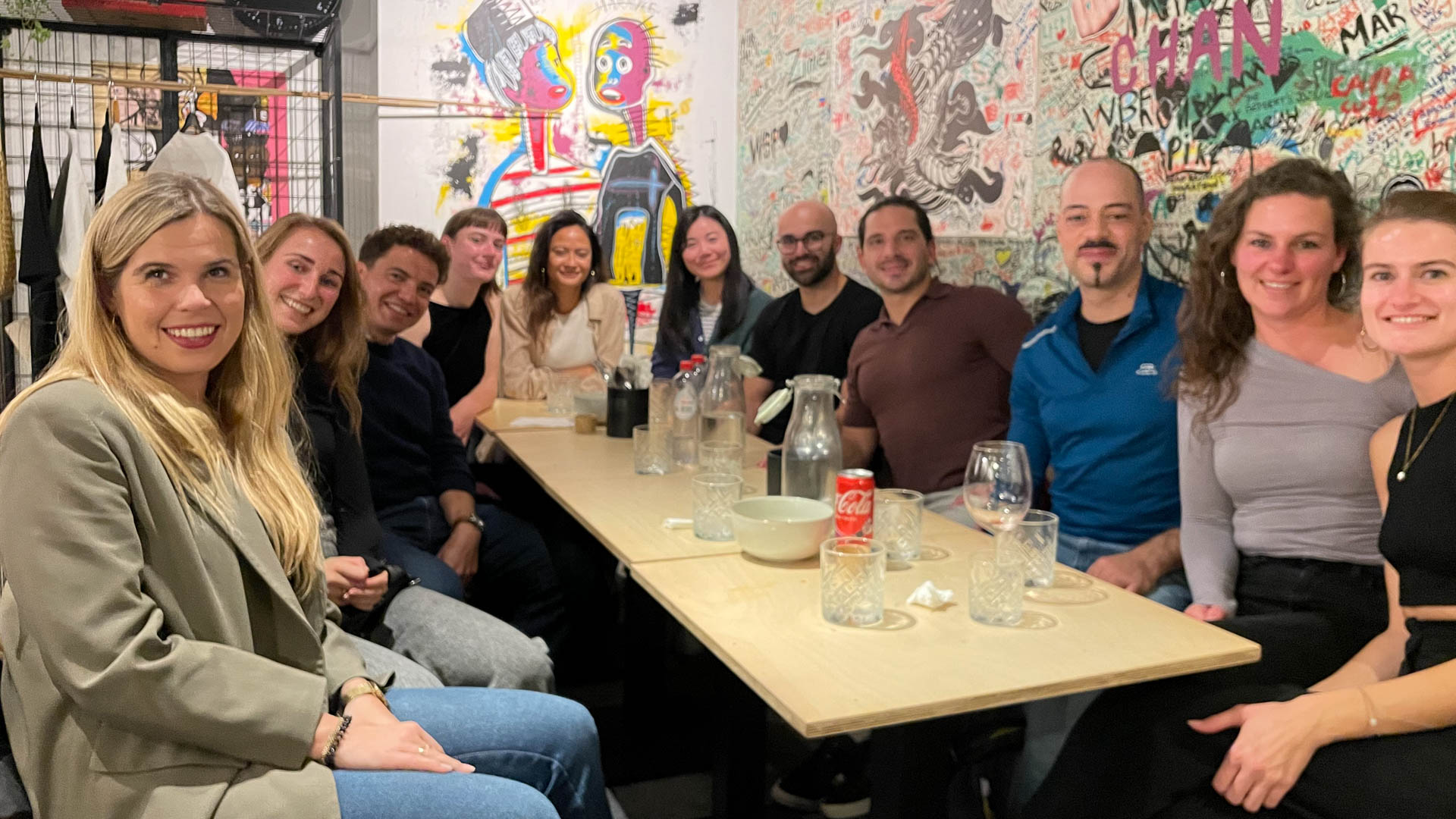
The Dutch approach seems to come partly down to different views about the individual. People are given the benefit of the doubt. It’s assumed that, if provided proper assistance for ensuring a stable life, most people would take advantage of those opportunities. The assistance is not contingent on treatment because when people live financially stable and meaningful lives they tend to use fewer substances.
On the other hand, the American perspective holds that drug use, or problematic use of substances that aren’t drugs, implies a moral and intellectual failing of character. Therefore treatment, prison and military-style bootcamps are used in an attempt to “correct” individuals’ faulty decision-making before assistance with living essentials is deemed allowable. Meanwhile, the reality is that only around 14 percent of Americans diagnosed with a substance use disorder received treatment in 2017, and it is unrealistic to believe that access to care will increase sufficiently in the foreseable future to cover even a majority of those diagnosed.
Focusing on reducing the harm caused by substance use (including alcohol and tobacco) to individuals and society, rather than grasping for an unachievable drug-free society, is what helps make the Netherlands so livable and prosperous. The Dutch model shows that a public health approach that includes drug consumption rooms, low barrier housing, low barrier treatment options, social integration services and harm reduction services together can fulfill universal societal desires better than a criminalization approach.
The next time you visit Amsterdam, sit by the Amstel River and notice the uninterrupted quiet rustling of trees because EMS sirens aren’t rushing to save another overdose victim. Bike through Amsterdam West and notice the electric Porsches fighting for space with Teslas. Walk through Vondelpark and enjoy the rest afforded by a bench that isn’t occupied by someone experiencing homelessness, knowing that they are being cared for.
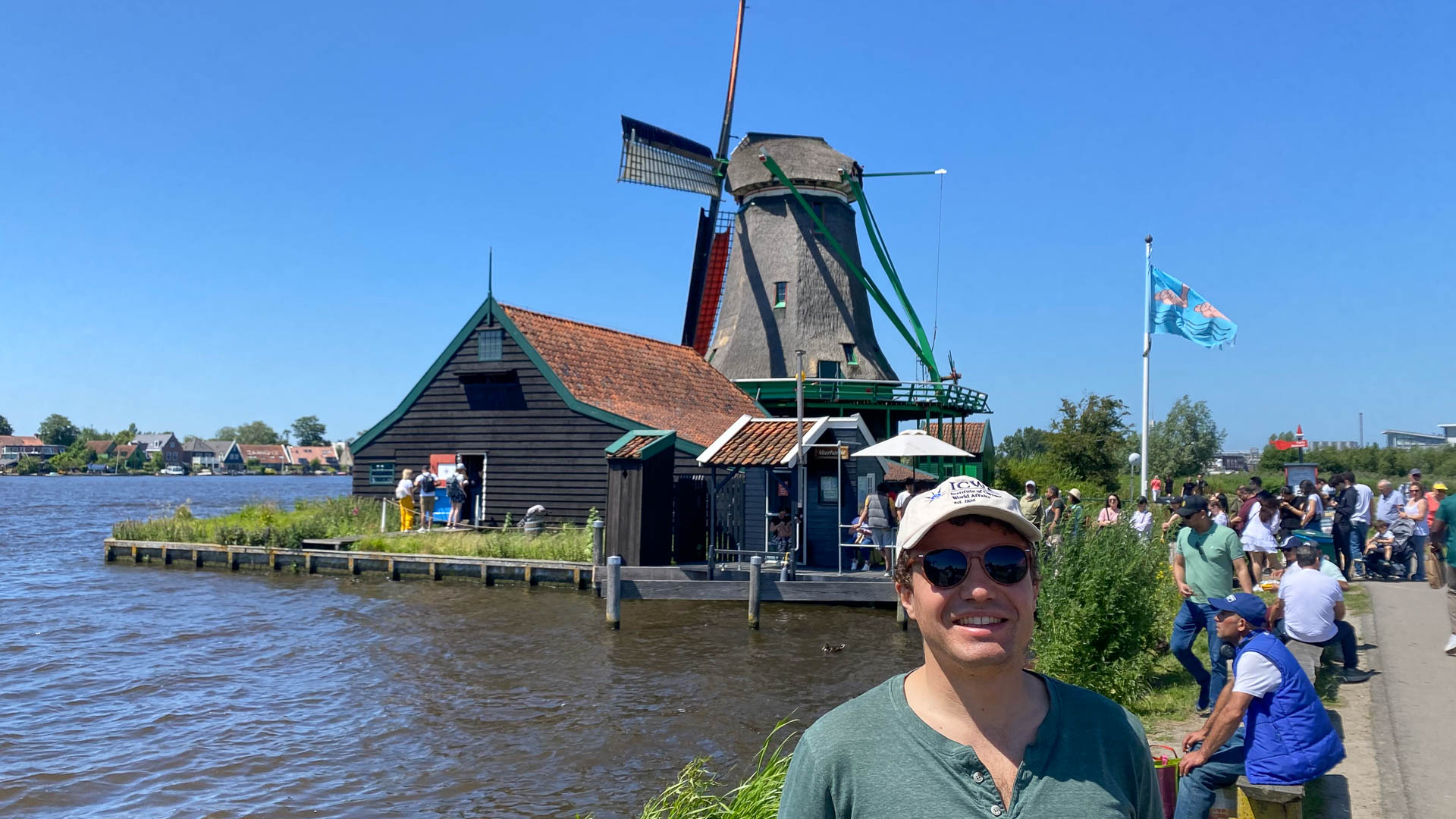
Public health and public safety are actually one and the same. We’ve been misled into believing they are separate and that one comes at the expense of the other. Directors of drug consumption rooms are clear that having police on board is critical for their success. Meanwhile, police officers have told me that public health approaches keep them safe and enable them to focus on other crimes like domestic violence. We can have our cake and eat it, too. To do so, we must change our mindsets, and individuals and organizations on both sides of the current divide must aim to bridge the gap.
So far, America’s criminalization approach to people who use drugs has conservatively claimed around a million family members, friends and neighbors since the turn of the millennium in fatal drug overdoses. My heart breaks over the vacant diningroom chairs whose former occupants are intolerably present yet whose companionship will never again be felt. When will it be too many? What will it take to stop blaming others for a problem that is in American domestic policy’s control to solve? Such deaths are preventable.
I could have happily stayed in Amsterdam to investigate other aspects of the Dutch model, like the Amsterdam mayor’s belief in regulating cocaine, the impact of ecstasy’s production on local ecosystems and efforts to legalize its sale, harm reduction at festivals, police harm-reduction strategies and much more. But it’s time to head to Portugal, which has also loomed large in the minds of American drug policy reformers, to see what its 20 years of decriminalization can teach us.
None of my investigations would have been possible without the warm welcome of the Dutch themselves who made time to share their expertise, and to the many new friends who supported me during my transition. I’m grateful to all of them. It’s impossible to tell the future, but I wouldn’t but surprised if one day I ended up here again. For now, tot zo en dank je wel Amsterdam!
Top photo: Amsterdam canal and row houses

